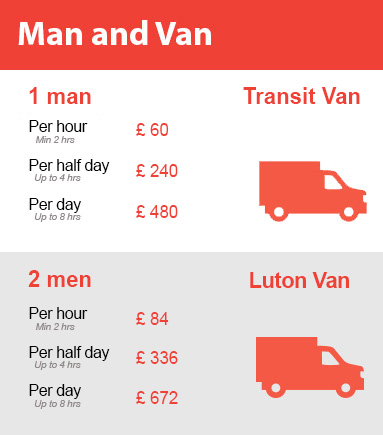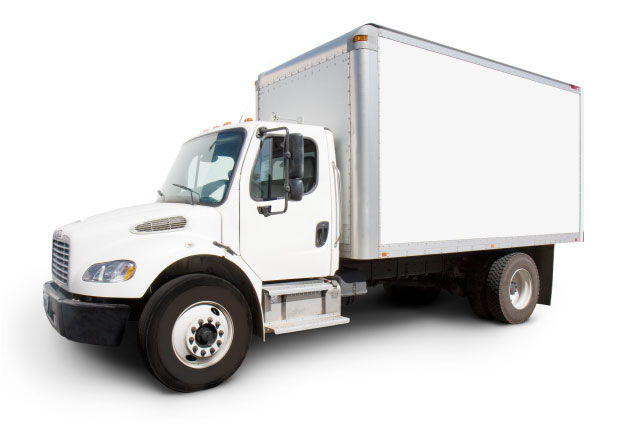Optimize Freezer Storage with These Important Guidelines
Posted on 13/06/2025
Optimize Freezer Storage with These Important Guidelines
Is your freezer a chaotic jumble of forgotten leftovers and frosty mystery packages? Struggling to find tonight's dinner in a sea of icy containers? Optimizing your freezer storage can save you time, money, and stress--while ensuring your food stays fresh and at its best. In this comprehensive guide, you'll discover essential tips to maximize freezer space, prevent food waste, and organize your frosty possessions efficiently. Keep reading to master the art of freezer organization!

Understanding Freezer Storage: Why Optimization Matters
Proper freezer organization goes beyond just stacking food containers inside. The right freezer storage techniques will help you:
- Extend the shelf-life of your food products
- Save on grocery bills by reducing unnecessary purchases
- Prevent freezer burn and spoilage
- Make meal prep and planning faster and easier
- Minimize waste by keeping track of what's inside
An organized freezer saves you valuable time each week, especially during busy weekday routines. Employing strategic freezer organization solutions ensures that every inch of cold space is maximized--and every item is visible and easy to reach.
Essential Guidelines to Optimize Your Freezer Storage
1. Clean and Take Inventory Before Organizing
Begin your freezer optimization journey by decluttering and cleaning out your freezer completely. Remove all items, sort through frozen foods, discard anything with freezer burn or that's far beyond its best-by date, and make a list of what's left.
- Tip: Wipe down shelves and drawers with warm, soapy water, and dry thoroughly before restocking.
2. Categorize and Zone Your Freezer
Creating dedicated zones for different food types helps you retrieve items faster and reduces the chance of something being forgotten and expiring. Here are some common categories:
- Meats and seafood
- Vegetables and fruits
- Prepared meals and leftovers
- Baked goods
- Snacks and frozen treats
Group similar items together and assign each category a specific shelf, bin, or section.
3. Use Stackable Containers and Bins
Uniform, stackable containers allow you to neatly organize and maximize vertical space. Opt for square or rectangular shapes for optimal space efficiency, as round containers waste corners and valuable inches. Clear bins make it easy to identify contents at a glance.
- Avoid overloading--a little airflow aids in even freezing and thawing.
- Label each container with content names and freezing dates for easy identification and rotation.
4. Master the Art of Labeling
Labels are the secret weapon of effective freezer storage. Use freezer-safe, waterproof labels or masking tape with a permanent marker to note:
- What the item is
- Date it was frozen
- Any reheating or thawing instructions
This eliminates the guessing game when you reach for a meal or ingredient weeks later.
5. Practice FIFO (First In, First Out)
FIFO is a tried-and-true strategy for food freshness. When placing items in the freezer, always put newer items toward the back and older ones in front. This ensures you use older food first and minimizes expired or forgotten items.
- Consider organizing each category by age as well as type for ultimate efficiency.
6. Maintain the Ideal Freezer Temperature
The optimal freezer temperature is 0?F (-18?C). Anything warmer can hasten spoilage, while colder temps may increase freezer burn risk. An inexpensive appliance thermometer can help you maintain precise temperature control.
- Pro tip: Keep the freezer sufficiently full; a packed freezer maintains its temperature better than an empty one.
- Don't block air vents with containers to ensure steady airflow.
7. Freeze Smart: Portioning, Prepping, and Packaging
Space and freezer optimization techniques start with preparatory steps--how you wrap, portion, and package your foods makes a big difference.
- Portion control: Freeze individual servings for easy thawing and less waste.
- Flat freeze: Store soups, sauces, or meats in freezer bags pressed flat for even freezing and efficient stacking.
- Double wrap: Use both plastic wrap and heavy-duty freezer bags or airtight containers to prevent freezer burn.
Remove as much air as possible from storage bags with a straw or vacuum sealer for best results.
8. Maximize Drawer and Door Space
Don't neglect your freezer's drawers and door compartments! These areas are ideal for organizing items you use most frequently (like ice packs, berries, or breakfast items). Small baskets or bins keep grouped items contained, so they're always easy to grab.
9. Plan for Emergency Organization
Unexpected power outages or appliance repairs can threaten your frozen food supply. Keeping your freezer organized makes it easier to quickly grab and relocate essential items or to share food with others in needy moments.
10. Regularly Review and Rotate
Mark your calendar to give your freezer a checkup every month or so.
- Rotate older items to the front.
- Toss expired or freezer burned foods.
- Wipe down surfaces and re-label where necessary.
Consistent maintenance preserves order and ensures you're always making the most of your freezer space.
Advanced Freezer Organization Tips
Utilize Freezer-Safe Drawer Organizers and Baskets
Drawer organizers or baskets designed for cold storage offer smart ways to keep like items together. Consider:
- Expandable drawer dividers
- Slide-out plastic baskets
- Adjustable bins with handles
Adopt a Color-Coding System
Color-coding containers, bags, or labels provides a super-quick way to identify categories. Try:
- Red for meats and proteins
- Green for fruits and vegetables
- Blue for baked goods
- Yellow for pre-prepped meals
Leverage a Freezer Inventory App or Sheet
Track your frozen inventory** with a worksheet hung on the freezer door, or use a smartphone app designed for freezer organization. This helps you:
- Track quantities and expiration dates
- Plan meals using what's on hand
- Avoid buying duplicate items
Common Freezer Storage Mistakes to Avoid
- Overpacking the freezer: Blocks airflow and hinders even freezing.
- Poor sealing: Leads to freezer burn and ice crystals on food.
- Freezing foods in original store packaging: These aren't designed for long-term freezing--transfer to airtight containers or freezer-safe bags.
- Not labeling: Frozen foods look similar over time, making unlabelled items a guessing game (and contributors to waste).
- Storing warm food: Always cool food to room temperature before freezing to prevent frost buildup and temperature changes.

FAQs on How to Optimize Your Freezer Storage
How full should my freezer be for best efficiency?
Best practice is to keep your freezer about 70-80% full. This helps the appliance hold a stable temperature but avoids overcrowding that restricts airflow.
How long can different foods be stored in the freezer?
- Ground meats: Up to 3-4 months
- Poultry and roasts: Up to 12 months
- Vegetables: 8-12 months (blanch before freezing)
- Baked goods: 2-4 months
- Soups and stews: 2-3 months
Always check for signs of freezer burn before consuming stored foods.
What should not go in the freezer?
Some foods don't freeze well, such as:
- Leafy greens (unless cooked or blanched)
- Eggs in shells
- Soft cheeses
- Watery fruits and vegetables like cucumbers or lettuce
Conclusion: Achieve a Clutter-Free, Efficient Freezer
Optimizing your freezer storage is a simple but highly effective way to streamline your home kitchen, reduce waste, and ensure your foods remain delicious and safe to eat. By following these key freezer organization guidelines--from zoning and labeling, to using stackable containers, mastering FIFO, and maintaining temperature--you set yourself up for meal success every week.
Remember: Regular maintenance and mindful storage tactics pay dividends in easier meal planning, fresher food, and a happier, less stressed you. Why not start your organizational journey today? Unlock a neat, space-saving freezer with these expert tips!





